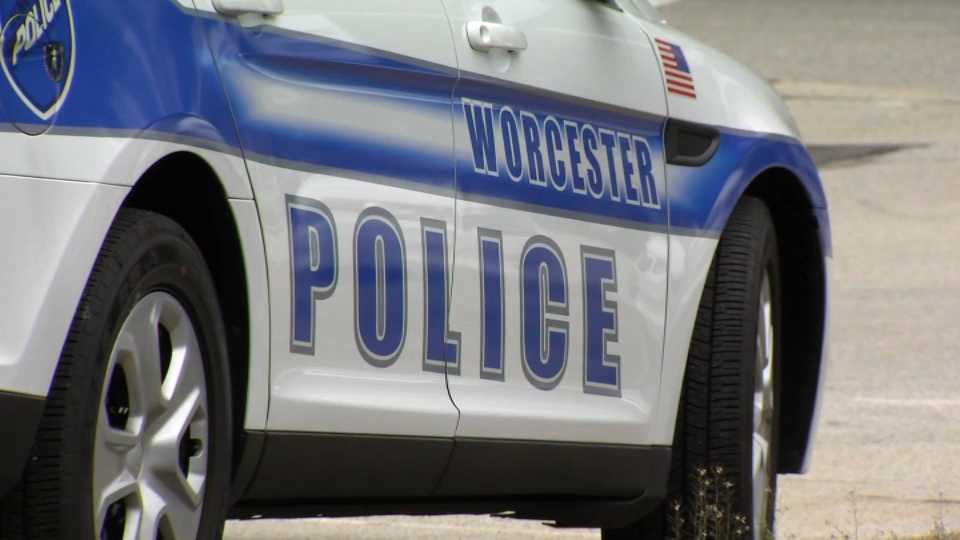Tens of thousands of people in Massachusetts remain without power on Friday morning after a record-breaking storm thrashed New England with battering winds and torrential rain.
Significant progress was made, but more than 60,000 customers across New England were still without power Friday night.
Mainers spent their day with the most outages, with a 102,000 customers without the service at noon. By around 11:30 p.m., that number was down below 37,000.
At the same time, more than 22,400 customers were in the dark in Massachusetts. Under 2,000 remained without power in Rhode Island. More than 1,100 customers had no power in Connecticut. New Hampshire was down to about 525 outages, while about 75 customers were without power in Vermont.
Power remained out for some on Massachusetts' South Shore Friday night. National Grid had 36 tree and line trucks working throughout Scituate, and residents were seeing some progress, with electricity coming back online.
Pauline Doherty was ecstatic to have power after two days of keeping warm under blankets on her Birch Lane home. But Dave Schillberg was still without power and left filling up gas tanks for a generator.
"Got a few trees down on the block," he said. "Telephone pole that fell down in the middle of the street, so it's going to be until tomorrow or so that they get the power back on."
Winds of up to 90 mph ravaged the coast Wednesday, while inland communities faced up to 38 mph gusts. Most areas saw rainfall totals of 1 to 3 inches, though some areas of southern New England got about 4 inches.
Although cleanup began as soon as possible, persistent winds made it difficult for crews to get the job done and the lingering gusts on Thursday continued to drive power outages.
With continued power outages in multiple communities, a handful of schools remained closed on Friday. To see if your school is closed, click here.
Chris Hartford's truck was smashed by a giant tree that came down in the wind in Lynn.
"My dad woke me up. We came out front and checked it out, and that's the damage," he said. "At least nobody was hurt — that's the best part."
Shawn Elliot described a similar scene in Danvers.
"You could just hear this whoosh, and then the tree fell onto what's left of my Jeep over there and slowly fell onto the house," he said.
Over in Salem Harbor, a boat ran aground after overnight winds tossed it right onto the rocks.
In the immediate aftermath of the storm, as many as 500,000 customers in New England were left without power due to downed wires and trees.
More than 100 schools across the region announced closures and delays Thursday due to the damage caused by the unforgiving bomb cyclone. Nearly all MBTA Commuter Rail trains experienced delays and some were canceled due to the severity of the destruction.
Massachusetts
The latest news from around the state
Kim Buttrick, a meteorologist with the National Weather Service in Massachusetts, said the storm system met the definition of "bombogenesis."
Storm intensity is measured by central pressure — the lower the pressure, the stronger it is. A storm is considered a "bomb" when the pressure drops rapidly.
"That's why we ended up with strong, sustained winds and wind gusts," Buttrick said. "It's an indicator of an extremely powerful storm and not something to ignore."
In Portland, Maine, the atmospheric pressure at sea level — an indicator of the strength of a storm — was the lowest ever recorded in October, the National Weather Service said. A wind gust of 128 mph was reported on Mount Washington, the Northeast's highest peak, according to the National Weather Service.



